当前位置:网站首页>Performance comparison of tidb for PostgreSQL and yugabytedb on sysbench
Performance comparison of tidb for PostgreSQL and yugabytedb on sysbench
2022-07-07 16:11:00 【Digital China cloud base】
Catalog
background
PostgreSQL Is a well-known open source database product , As a digital infrastructure, it plays an important role in large enterprise applications , Many of its advanced features are widely used in various complex scenes .
according to Stack Overflow 2022 Developer survey report Show ,PostgreSQL beyond MySQL Become developers' favorite database software .

In the field of database in recent years, distributed database is the current development trend , be based on PostgreSQL The distributed database of the protocol was born abroad, such as CockroachDB、YugabyteDB Such an excellent product , And domestic popular distributed databases TiDB The official only offers MySQL Protocol support , Digital China technology team based on open source TiDB Research and development TiDB For PostgreSQL edition , At present, it has achieved compatibility with mainstream applications , Reference material :
- TiDB for PostgreSQL— a master hand 's first small display
- TiDB for PostgreSQL Learning Guide
- TiDB for PostgreSQL Compatible with GitLab
They belong to NewSQL Category and realize PG agreement , But there are still differences in the implementation of the specific architecture , We are very curious about the performance comparison between the two .
Test plan
Get ready 3 Physical machines are used to build distributed databases , Build separately 3 Node YugabyteDB Clusters and TiDB For PostgreSQL colony , Deploy all with default parameters , Use on the database Haproxy Acting as a load balancing agent . In this way, the deployment architecture of the two can be consistent as much as possible , Reduce the experimental error .
Deployment environment :
| Machine name | Parameter values | remarks |
|---|---|---|
| Database nodes -1 | The physical machine ,NUC 10 x86,12c 64G 1Tssd | yugabytedb:1 individual master、1 individual tserver tidb4pg:1 individual pd、1 individual tidb、1 individual tikv |
| Database nodes -2 | The physical machine ,NUC 10 x86,12c 64G 1Tssd | ditto |
| Database nodes -3 | The physical machine ,NUC 10 x86,12c 64G 1Tssd | ditto |
| Sysbench Piezometer | virtual machine ,x86,16c 32G | |
| Haproxy Load balancing | virtual machine ,x86,8c 16G |
Sysbench Pressure measurement selection 7 A common scenario :
- select_random_points( Random spot check )
- oltp_read_only( Read only transactions )
- oltp_write_only( Just write business )
- oltp_read_write( Read write hybrid transactions )
- oltp_update_index( Update with index )
- oltp_update_non_index( Update without index )
- oltp_delete( Transaction deletion )
For each of the above scenarios , Set up 5 Different concurrency levels , Namely 10、50、100、200、300 Number of threads , Continuous pressure test 5 minute .
Collect QPS and 95% The delay index is compared with two databases .
test result
1、select_random_points
| Number of threads | QPS(TiDB4PG) | 95% Latency(TiDB4PG) | QPS(YugabyteDB) | 95% Latency(YugabyteDB) |
|---|---|---|---|---|
| 10 | 4044 | 3.49 | 2666 | 5.47 |
| 50 | 8398 | 10.09 | 5086 | 15.00 |
| 100 | 8754 | 20 | 5429 | 29.19 |
| 200 | 9441 | 36.89 | 5541 | 58.92 |
| 300 | 9785 | 52.89 | 5531 | 92.42 |

Result analysis :
Check the scene TIDB For PostgreSQL Than YugabyteDB Be a little ahead , And as the concurrency increases , This gap is getting bigger and bigger .
2、oltp_read_only
| Number of threads | QPS(TiDB4PG) | 95% Latency(TiDB4PG) | QPS(YugabyteDB) | 95% Latency(YugabyteDB) |
|---|---|---|---|---|
| 10 | 8954 | 20.74 | 0.13 | - |
| 50 | 24262 | 38.94 | 0.15 | - |
| 100 | 25136 | 78.60 | 0.15 | - |
| 200 | 25267 | 158.63 | 0.14 | - |
| 300 | 25436 | 240.02 | 0.14 | - |
Result analysis :
The test results of this scenario are very different ,YugabyteDB Query performance is crushed ,TiDB For PostgreSQL At normal level .
Through analysis Sysbench Source code discovery , The read-only scenario mainly contains the following queries SQL:
SELECT c FROM sbtest1 WHERE id BETWEEN 1 AND 1000;
SELECT sum(k) FROM sbtest1 WHERE id BETWEEN 1 AND 1000;
SELECT c FROM sbtest1 WHERE id BETWEEN 1 AND 1000 order by c;
SELECT distinct c FROM sbtest1 WHERE id BETWEEN 1 AND 1000 order by c;
4 Check the range according to the primary key SQL It takes a total of 400 More than seconds , The result is very surprising . With the first article SQL As an example, analyze its implementation plan :
Seq Scan on sbtest1 (cost=0.00..105.00 rows=1000 width=484) (actual time=9.968..127393.155 rows=1000 loops=1)
Filter: ((id >= 1) AND (id <= 1000))
Rows Removed by Filter: 9999000
Planning Time: 0.048 ms
Execution Time: 127393.919 ms
According to past experience, you should directly scan the primary key index , But in fact, it uses full table scanning , It's confusing .
To verify whether the size of the query range affects , I put id The query scope of is limited to 1 To 10, Found that the same implementation plan , If you switch to in If you query, you can use the primary key index .
Compared with ,TiDB For PostgreSQL The implementation plan is expected :
Projection_4 500.09 1000 root
└─IndexLookUp_13 500.09 1000 root
├─IndexRangeScan_11(Build) 500.09 1000 cop[tikv] table:sbtest1, index:PRIMARY(id)
└─TableRowIDScan_12(Probe) 500.09 1000 cop[tikv] table:sbtest1
What is the cause of YugabyteDB The efficiency of range query is so low that further analysis is needed .
3、oltp_write_only
| Number of threads | QPS(TiDB4PG) | 95% Latency(TiDB4PG) | QPS(YugabyteDB) | 95% Latency(YugabyteDB) |
|---|---|---|---|---|
| 10 | 790 | 90.78 | 4309 | 47.47 |
| 50 | 3540 | 104.84 | 8427 | 71.83 |
| 100 | 6486 | 114.72 | 8674 | 92.42 |
| 200 | 11414 | 132.49 | 11170 | 150.29 |
| 300 | 15133 | 155.80 | 12036 | 211.60 |
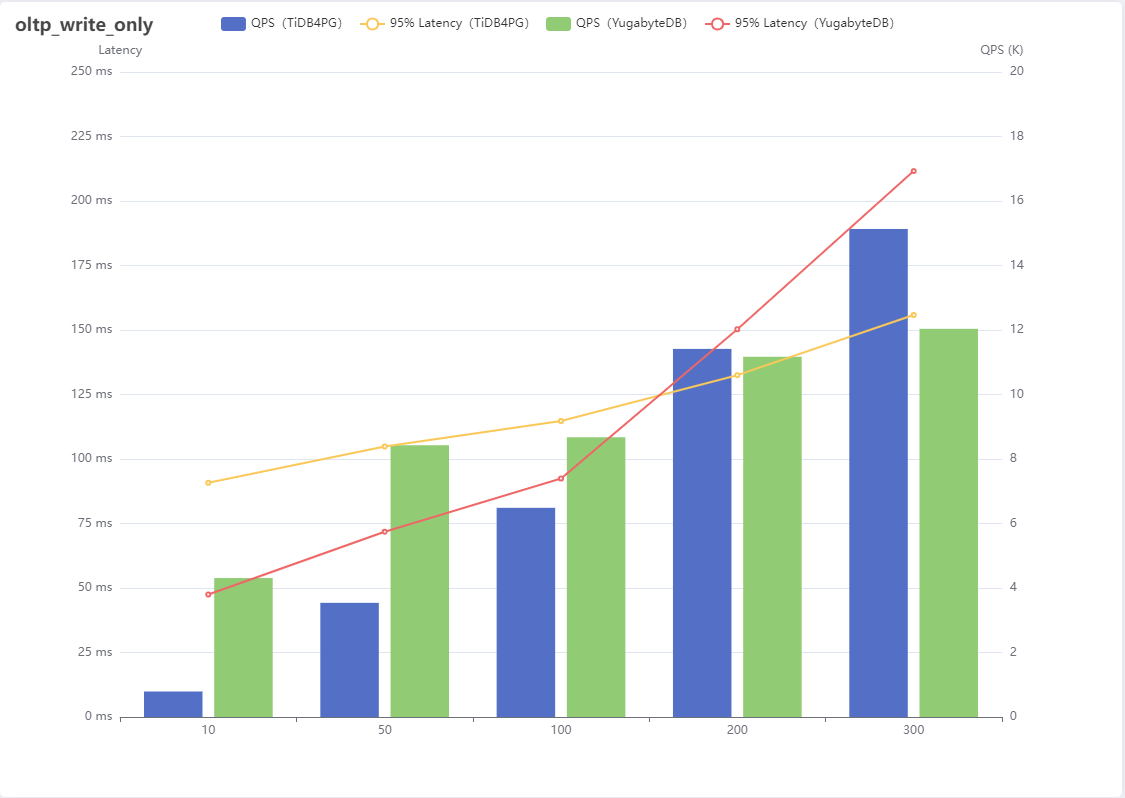
Result analysis :
The mixed write scenario contains 4 class , That is, the index update mentioned later 、 Update without index 、 Delete 、 Insert this 4 In this case , When the concurrency is small YugabyteDB Obvious performance advantages , But from 200 Concurrency starts TiDB For PostgreSQL Performance starts to exceed , It can reflect that the stability is slightly better .
4、oltp_read_write
| Number of threads | QPS(TiDB4PG) | 95% Latency(TiDB4PG) | QPS(YugabyteDB) | 95% Latency(YugabyteDB) |
|---|---|---|---|---|
| 10 | 2238 | 104.84 | 556 | 3151.62 |
| 50 | 9790 | 123.28 | 1485 | 3326 |
| 100 | 17454 | 137.35 | 1494 | 6960 |
| 200 | 25119 | 189.93 | 1402 | 14302 |
| 300 | 25967 | 272.27 | 1835 | 22034 |
Result analysis :
Mixed reading and writing scenarios are also affected YugabyteDB The impact of range queries , Overall performance ratio TiDB For PostgreSQL It's a lot worse , stay 50 The concurrency has reached the bottleneck .
5、oltp_update_index
| Number of threads | QPS(TiDB4PG) | 95% Latency(TiDB4PG) | QPS(YugabyteDB) | 95% Latency(YugabyteDB) |
|---|---|---|---|---|
| 10 | 374 | 36.24 | 2227 | 11.65 |
| 50 | 1630 | 41.85 | 3754 | 21.89 |
| 100 | 2980 | 45.79 | 4266 | 36.24 |
| 200 | 5375 | 50.11 | 4845 | 62.19 |
| 300 | 7298 | 55.82 | 4964 | 92.42 |
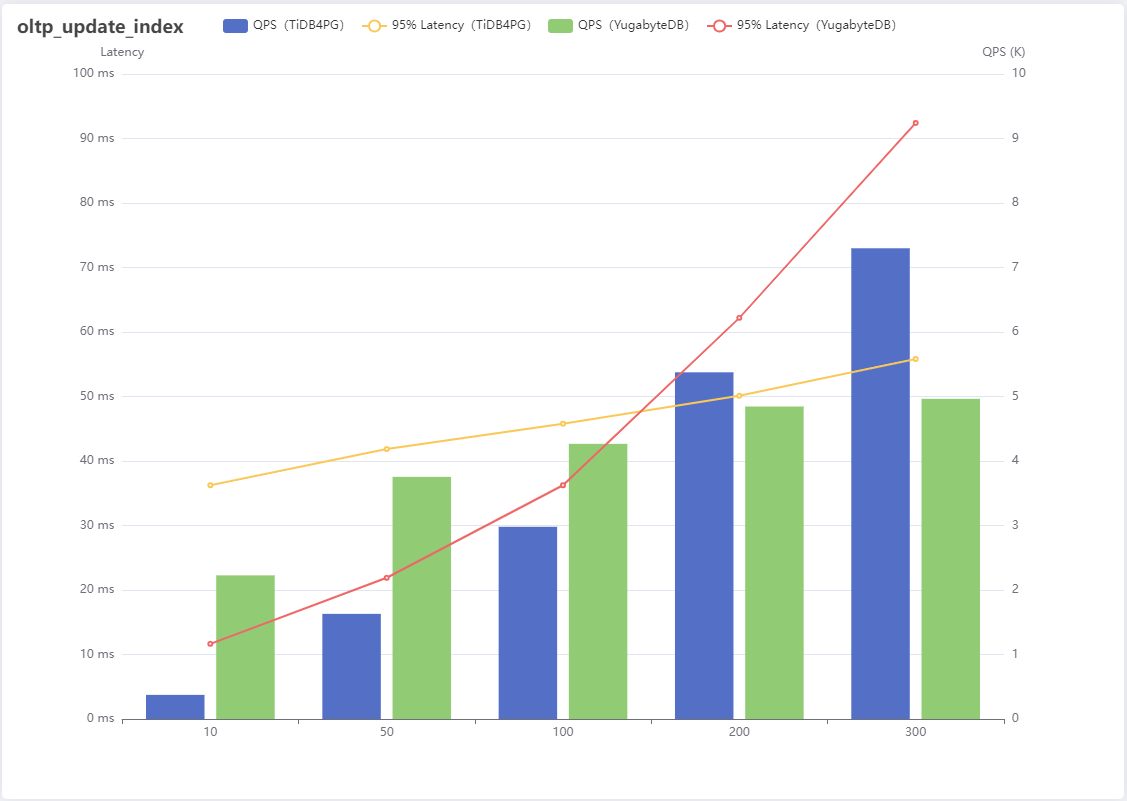
Result analysis :
update_index Is to update the index column according to the primary key , In this scene YugabyteDB The performance is better when the concurrency is small , But as the concurrency increases, it will reach the performance bottleneck faster , And it will get worse ,TiDB For PostgreSQL Relatively stable .
6、oltp_update_non_index
| Number of threads | QPS(TiDB4PG) | 95% Latency(TiDB4PG) | QPS(YugabyteDB) | 95% Latency(YugabyteDB) |
|---|---|---|---|---|
| 10 | 415 | 31.37 | 6847 | 2.03 |
| 50 | 1988 | 35.59 | 17123 | 4.65 |
| 100 | 3761 | 37.56 | 16246 | 9.91 |
| 200 | 6910 | 41.10 | 18928 | 20.37 |
| 300 | 9849 | 43.39 | 19896 | 29.72 |
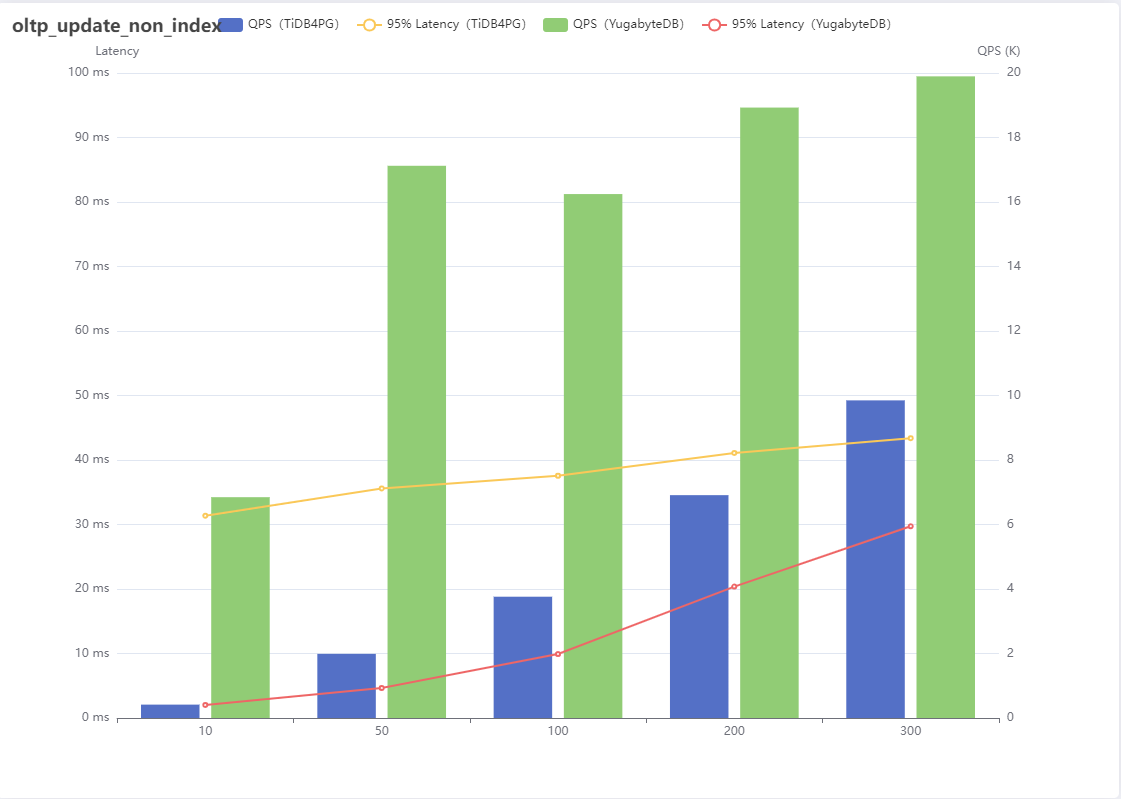
Result analysis :
update_non_index Update non indexed columns according to the primary key , In this scene YugabyteDB Take a big lead TiDB For PostgreSQL And keep .
7、oltp_delete
| Number of threads | QPS(TiDB4PG) | 95% Latency(TiDB4PG) | QPS(YugabyteDB) | 95% Latency(YugabyteDB) |
|---|---|---|---|---|
| 10 | 364 | 37.56 | 2389 | 10.84 |
| 50 | 1568 | 43.39 | 4269 | 19.65 |
| 100 | 2899 | 46.63 | 4844 | 33.12 |
| 200 | 5380 | 50.11 | 5705 | 56.84 |
| 300 | 7622 | 54.83 | 6146 | 82.96 |
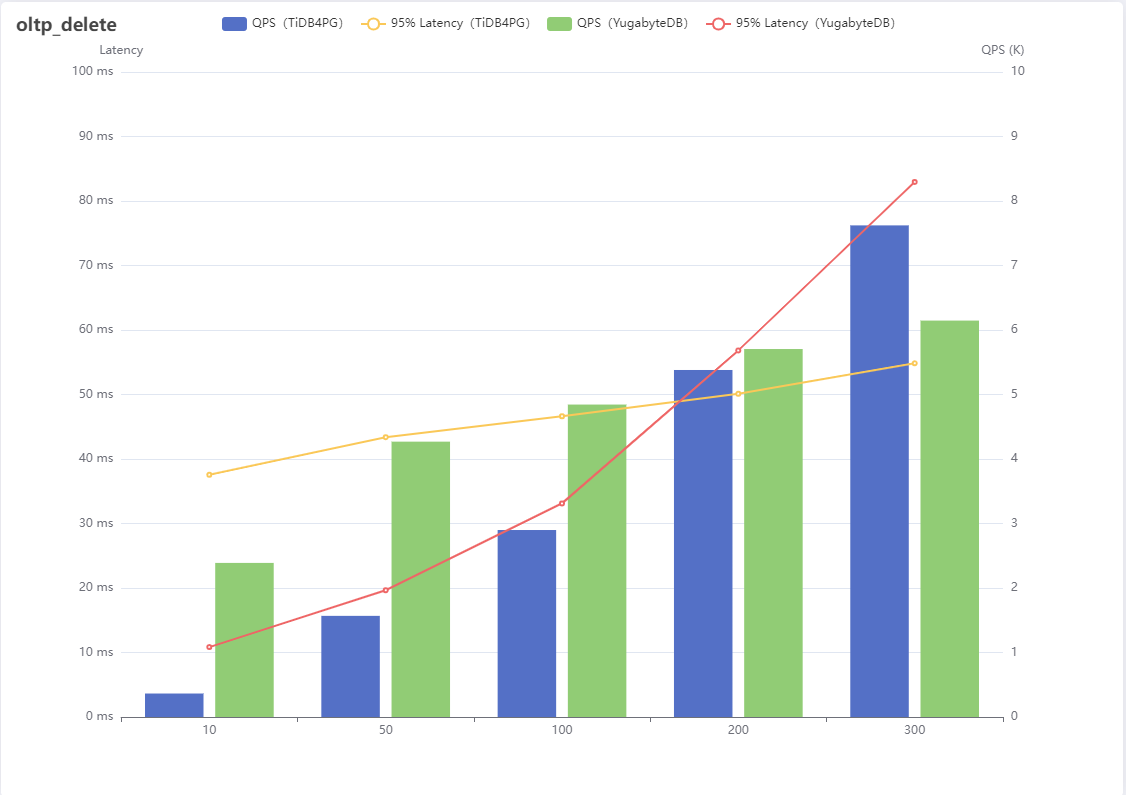
Result analysis :
delete The scenario is to delete a row of records according to the primary key , This test result is similar to non index update , At first YugabyteDB Good performance , After the concurrency increases, it slowly lags behind TiDB For PostgreSQL.
summary
After the above 7 Test findings of scenarios , The performance of the two databases has its own advantages and disadvantages .
TiDB For PostgreSQL Better at reading operation ,YugabyteDB Better at writing , But as the database load increases ,YugabyteDB The processing power and stability of large concurrent requests are not as good as TiDB For PostgreSQL good .
We will make an in-depth comparison between the two in terms of architecture and underlying principles in the future , See if you can find out the real reason .
Copyright notice : This article is organized and written by the team of Digital China cloud base , If reproduced, please indicate the source .
Official account search for digital cloud base in China , The background to reply TiDB, Join in TiDB Technology exchange group .
边栏推荐
- nodejs package. JSON version number ^ and~
- C4D learning notes 3- animation - animation rendering process case
- 一个普通人除了去工厂上班赚钱,还能干什么工作?
- Numpy -- epidemic data analysis case
- [wechat applet] Chapter (5): basic API interface of wechat applet
- 20th anniversary of agile: a failed uprising
- Three. JS introductory learning notes 11:three JS group composite object
- 【花雕体验】15 尝试搭建Beetle ESP32 C3之Arduino开发环境
- Unity3d click events added to 3D objects in the scene
- 招标公告:盘锦市人民医院盘锦医院数据库维保项目
猜你喜欢
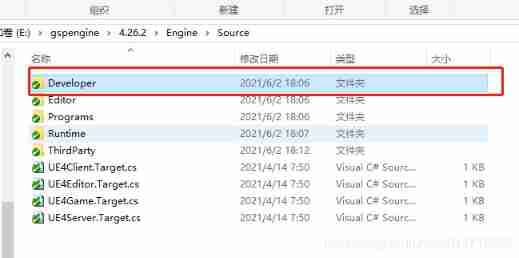
When opening the system window under UE4 shipping, the problem of crash is attached with the plug-in download address

You Yuxi, coming!
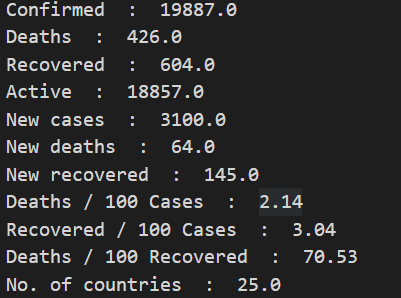
Numpy -- epidemic data analysis case
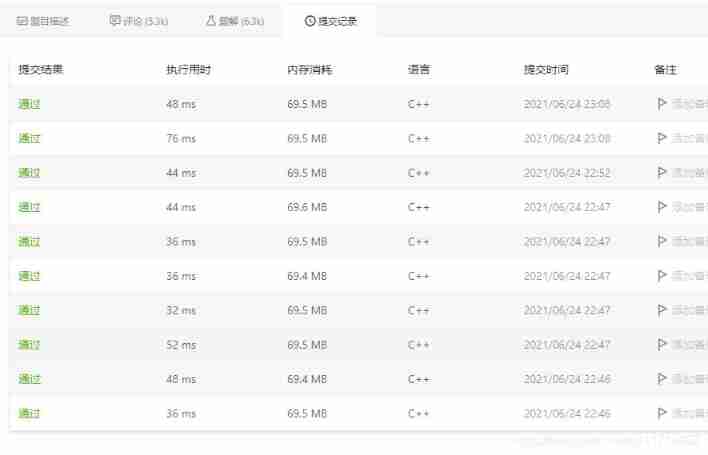
LeetCode2_ Add two numbers

C4D learning notes 1- animation - animation key frames
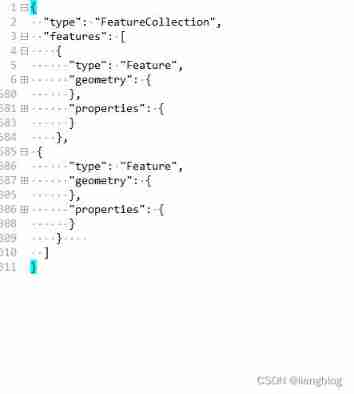
How does geojson data merge the boundaries of regions?

Three. JS introductory learning notes 10:three JS grid
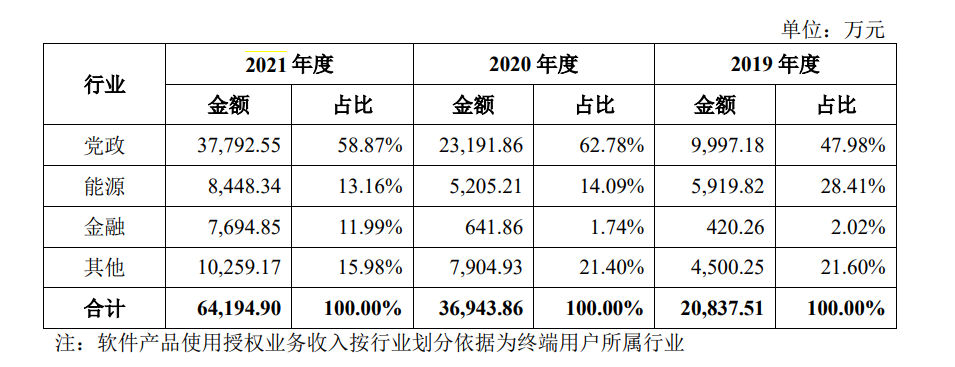
过度依赖补助,大客户收款难,冲刺“国产数据库第一股”的达梦后劲有多足?

Eye of depth (VI) -- inverse of matrix (attachment: some ideas of logistic model)
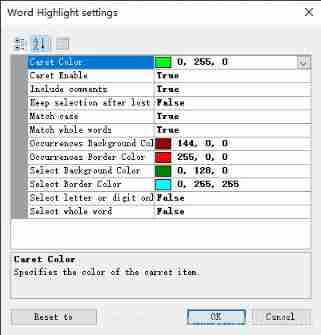
Vs tool word highlight with margin
随机推荐
How to implement backspace in shell
Apache Doris刚“毕业”:为什么应关注这种SQL数据仓库?
尤雨溪,来了!
安科瑞电网智能化发展的必然趋势电力系统采用微机保护装置是
Three. JS introductory learning notes 19: how to import FBX static model
A wave of open source notebooks is coming
SysOM 案例解析:消失的内存都去哪了 !| 龙蜥技术
招标公告:福建省农村信用社联合社数据库审计系统采购项目(重新招标)
Shandong old age Expo, 2022 China smart elderly care exhibition, smart elderly care and aging technology exhibition
Asynchronous application of generator function
AE learning 02: timeline
Step by step monitoring platform ZABBIX
Ue4/ue5 multi thread development attachment plug-in download address
PyTorch 中的乘法:mul()、multiply()、matmul()、mm()、mv()、dot()
numpy--数据清洗
Shader Language
Xingruige database was shortlisted as the "typical solution for information technology application and innovation in Fujian Province in 2021"
Eye of depth (VII) -- Elementary Transformation of matrix (attachment: explanation of some mathematical models)
[wechat applet] Chapter (5): basic API interface of wechat applet
Description of vs common shortcut keys